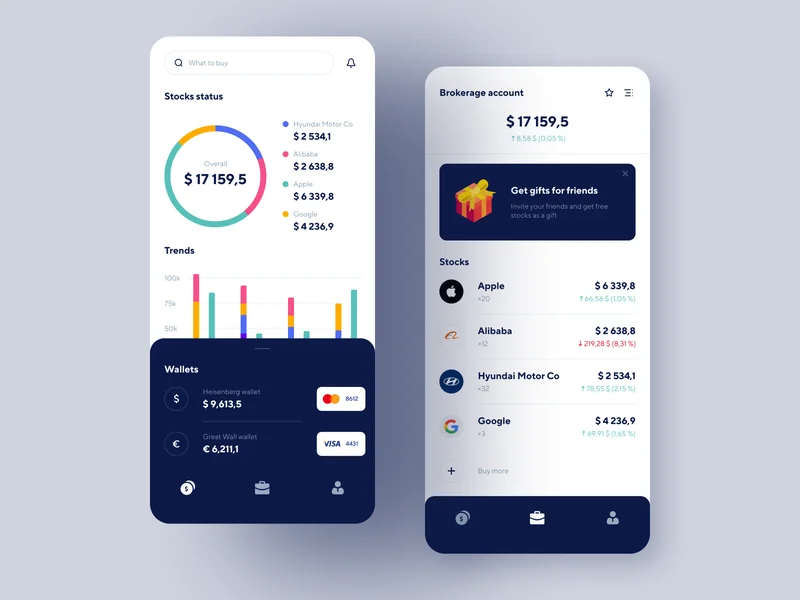Article Directory
The Day We Stopped Proving We Weren't Robots: A New Dawn for Seamless AI
The Turing Test's Last Stand
Okay, let's be honest. How many times have you clicked that little box, squinting at distorted letters, proving you're not a robot? It’s become a bizarre ritual of the digital age, a daily reminder of the friction between us and the technology we’ve built. But what if I told you that era is ending? What if the very need to prove our humanity is fading away, replaced by a world where humans and AI coexist seamlessly?
I know, it sounds like science fiction. But bear with me.
The current state of affairs is, frankly, ridiculous. We’re constantly battling these digital gatekeepers, these CAPTCHAs, that are supposed to filter out bots. But all they really do is waste our time and, let's be real, occasionally make us feel a little… less than human. It's like the digital world doesn't quite trust us, and frankly, who can blame it? The internet is awash in bot activity, from spam to sophisticated disinformation campaigns. But is making us jump through hoops the answer?
Think about the implications: every time we’re forced to prove we're human, we're subtly reinforcing the idea that AI is "other," something separate from us. We're building walls, when what we really need are bridges. Imagine a world where technology understands us intrinsically, where our interactions are fluid and natural, not stilted and suspicious. What if, instead of constantly proving our humanity, we could simply be human, online and off?
The Dawn of Implicit Trust
Now, I know what you’re thinking: "Aris, that sounds great, but how is it even possible?" Well, that’s where things get really exciting. The answer lies in a convergence of advancements in AI, machine learning, and, crucially, a shift in how we design our digital interfaces. Instead of relying on explicit tests like CAPTCHAs, we can leverage AI to understand human behavior implicitly.

Think of it like this: a seasoned bartender knows when someone is trying to pull a fast one, not because they’re explicitly told, but because they can read subtle cues – body language, tone of voice, patterns of behavior. We can build AI that does the same thing. By analyzing how we interact with websites and applications – our typing speed, our mouse movements, the way we navigate a page – AI can build a profile of our unique digital fingerprint. This isn't about surveillance; it's about understanding. It's about creating systems that recognize us, not as generic "users," but as individual human beings.
Details on the exact mechanisms are still scarce, but the implications are HUGE. What this means for us is fewer frustrating interruptions, a more intuitive online experience, and, perhaps most importantly, a deeper sense of connection with the technology we use every day. But more importantly, what could it mean for you? Imagine a world where online accessibility is seamless for everyone, regardless of their technical skills or physical abilities. This technology has the potential to level the playing field, creating a more inclusive and equitable digital landscape.
This is the kind of breakthrough that reminds me why I got into this field in the first place. It's not just about building faster computers or more efficient algorithms; it's about using technology to make the world a better place for everyone.
Of course, with great power comes great responsibility. As we entrust AI with the ability to discern human behavior, we must be vigilant about protecting privacy and preventing bias. We need to ensure that these systems are designed ethically and transparently, with safeguards in place to prevent misuse. We can't simply blindly trust the algorithms; we need to hold them accountable.
But the potential benefits are undeniable. We're on the cusp of a new era of human-computer interaction, an era where technology understands us, anticipates our needs, and seamlessly integrates into our lives. The days of proving we're not robots are numbered. And frankly, I couldn't be more excited. The speed of this is just staggering—it means the gap between today and tomorrow is closing faster than we can even comprehend. As some reports indicate, the question " Are you a robot?" may soon be a thing of the past.
The Future is Human-Shaped
The era of digital suspicion is fading, replaced by a future of seamless, intuitive interaction. This isn't just about convenience; it's about reclaiming our humanity in the digital world. It's about building a future where technology empowers us, understands us, and, ultimately, trusts us.

